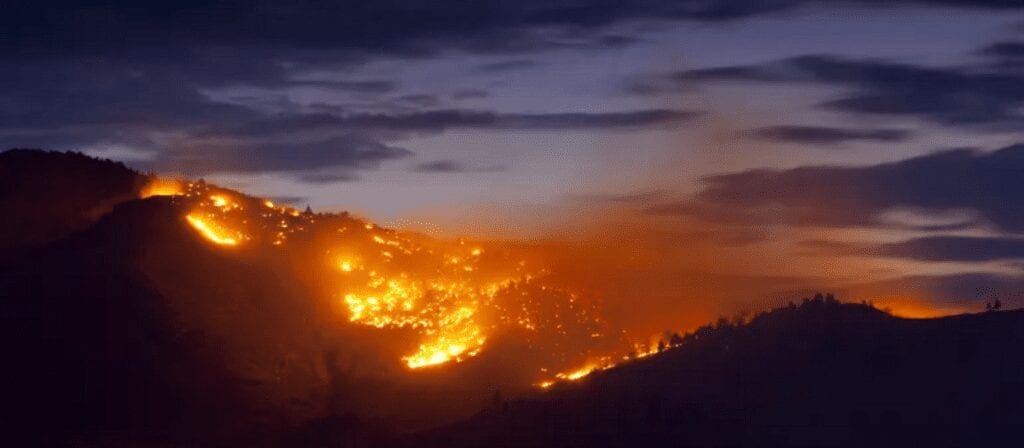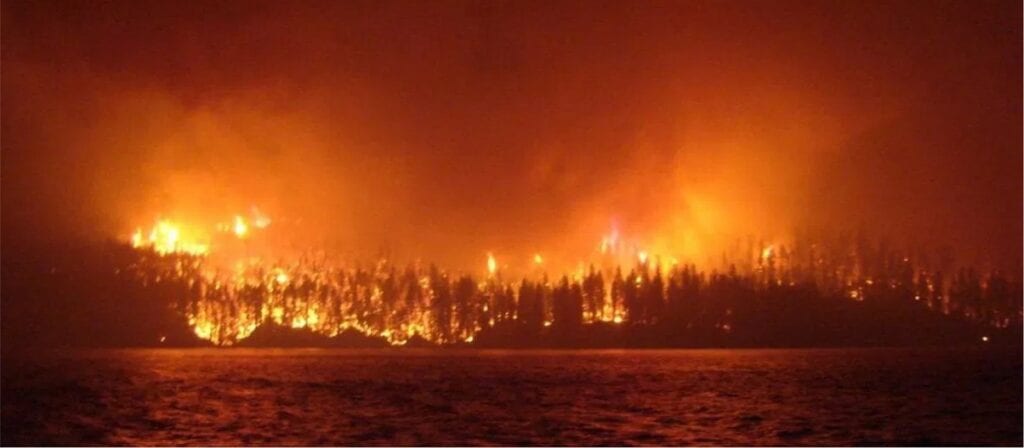According to a new briefing from ICMIF member A.M. Best, the wildfire threat for insurers is continuing to grow as a result of increased housing development in more rural areas and wildlands in California.
The Best’s Briefing, “Wildfires: The New Normal?” notes that 45 of the 58 counties in California have experienced population growth since 2012. Given the already heightened construction demand from the wildfire losses in 2017 and a favourable housing market, the continued demand for construction labour and materials following the current Carr wildfire in northern California may lead to higher insured losses. Ultimately, the briefing warns 2018 may produce greater losses for insurers compared with 2017. Compounding the wildfire risk, 12 of the last 19 years in California have seen below-average precipitation with the obvious conclusion that the combination of longer sustained, higher temperatures along with less frequent rainfall heightens the risk of fire.
For homeowners and farm owners writers in California, direct losses incurred nearly quadrupled to $16.0 billion in 2017, compared with $4.2 billion in 2016, says the reporting adding that this is mainly due to the 2017 fire season. In addition, the 10 largest premium writers in California posted a direct loss & adjustment expense ratio in 2017 that was also nearly four times higher than was reported in 2016 on average.
A.M. Best believes insurers will need to re-evaluate wildfire risks in California, given that the highly destructive current and 2017 wildfires predominantly are occurring or did occur in areas classified as low to moderate risk. Insurers’ risk-scoring models are likely to need adjusting with more improved loss-reduction strategies put into place to reflect this new normal. The California wildfires demonstrate the essential role insurers play in the economy during catastrophe-filled times and underscore the need for prudence in capital and risk management. A working partnership between homeowners and insurers can lead to enhanced risk mitigation strategies to manage an increasingly destructive trend.






